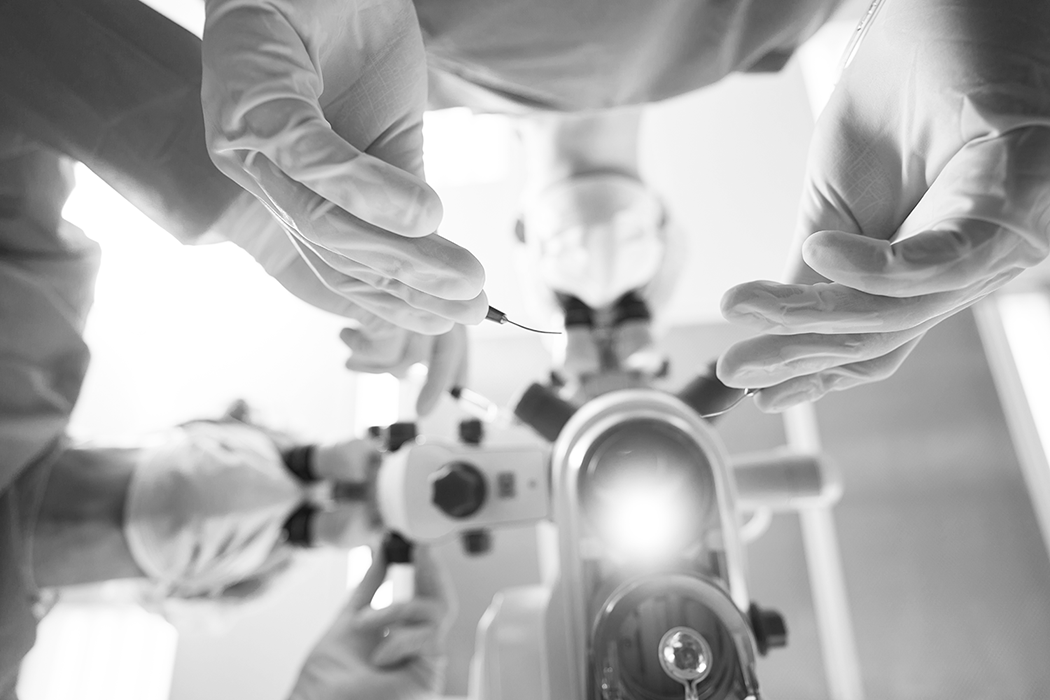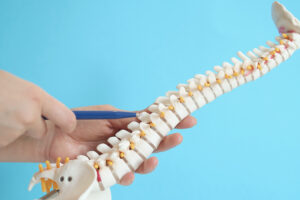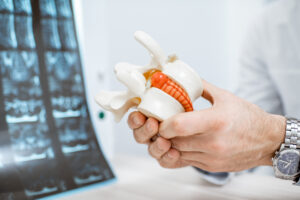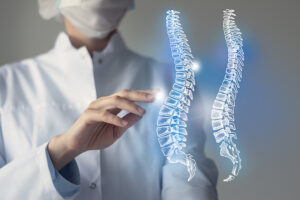Lower Back Pain Treatment in NJ & NY
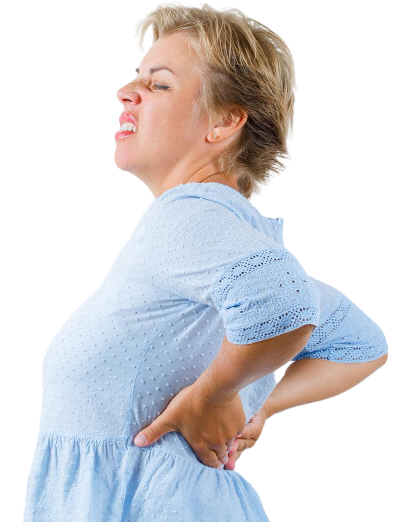






Understanding
Lower Back Pain
Lower back pain refers to discomfort or aching in the area of your back between the bottom of your ribcage and the top of your legs. It can be caused by a variety of factors such as strained muscles, herniated discs, or conditions like arthritis and spinal stenosis. The pain may be acute, lasting less than six weeks, or chronic, persisting for more than three months. Lower back pain can significantly affect your mobility and quality of life.
45% of People Over 65 Experience Lower Back Pain
76 Million Adults in America are Affected Each Year
Diagnostic Services
Accurate diagnosis is fundamental for effective lower back pain treatment. At the Institute of Comprehensive Spine Care, we use state-of-the-art diagnostic services to precisely identify the extent and location of your condition.
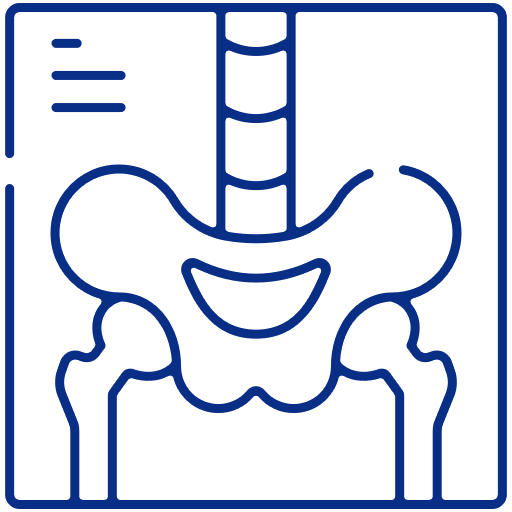
X-Rays
Provide clear images of the skeletal structure, enabling us to identify abnormalities and assess the condition of the spine
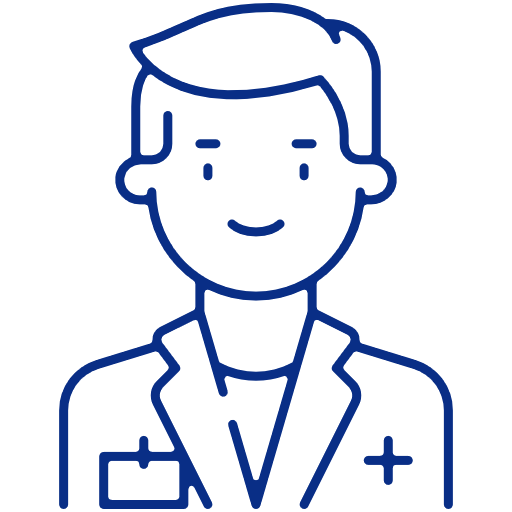
Physical Examination
Allowing the physician to assess symptoms, perform specific tests, and understand the patient's medical history
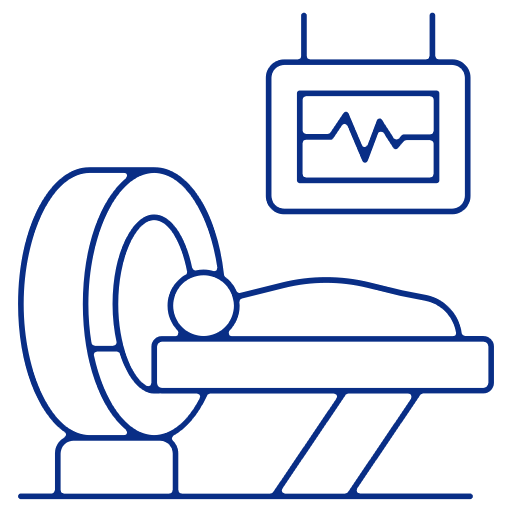
CT Scans
Provide highly detailed cross-sectional images of the body, including bones, blood vessels, and soft tissues, allowing for a precise evaluation
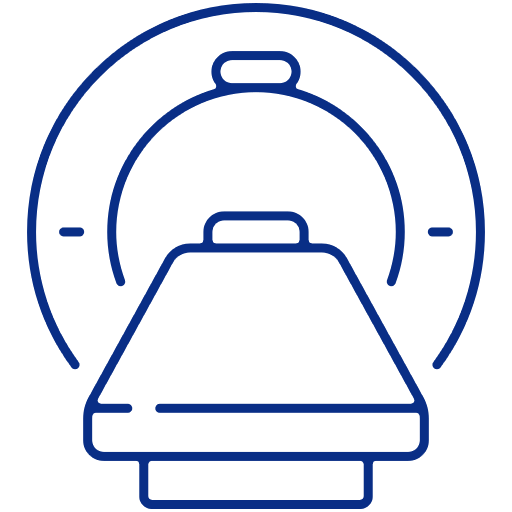
MRI Scans
Offer detailed images of soft tissues—including nerves, muscles, and intervertebral discs—in addition to the skeletal structure
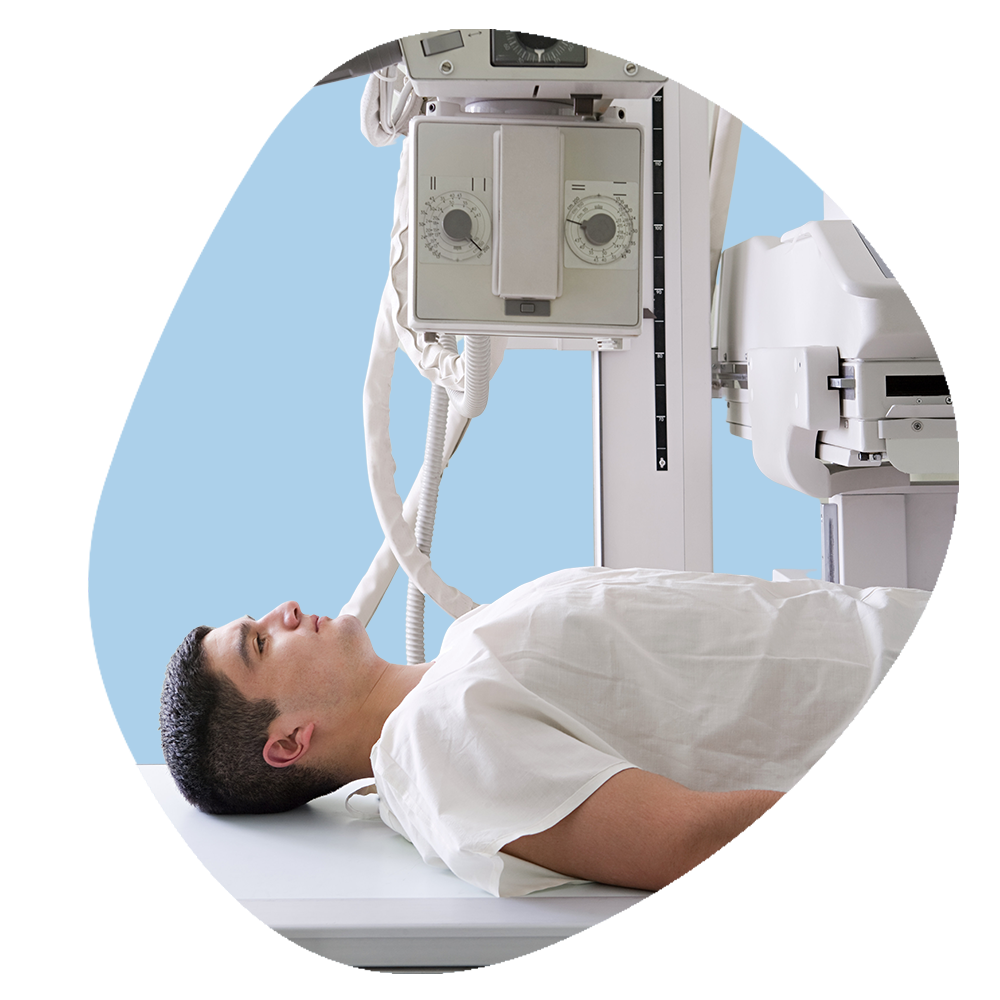
Effective Approaches to Lower Back Pain Treatment
Discovering the Possibilities
In certain cases, surgery may be necessary for lower back pain treatment. Our experienced team, led by Dr. Bo, is dedicated to helping you explore the possibilities and develop a personalized treatment plan tailored to your specific needs and goals.

Treatment Options
Non-Surgical Treatment
These Treatmentfocus on conservative and non-invasive approaches to alleviate pain and restore function.
Physical Therapy
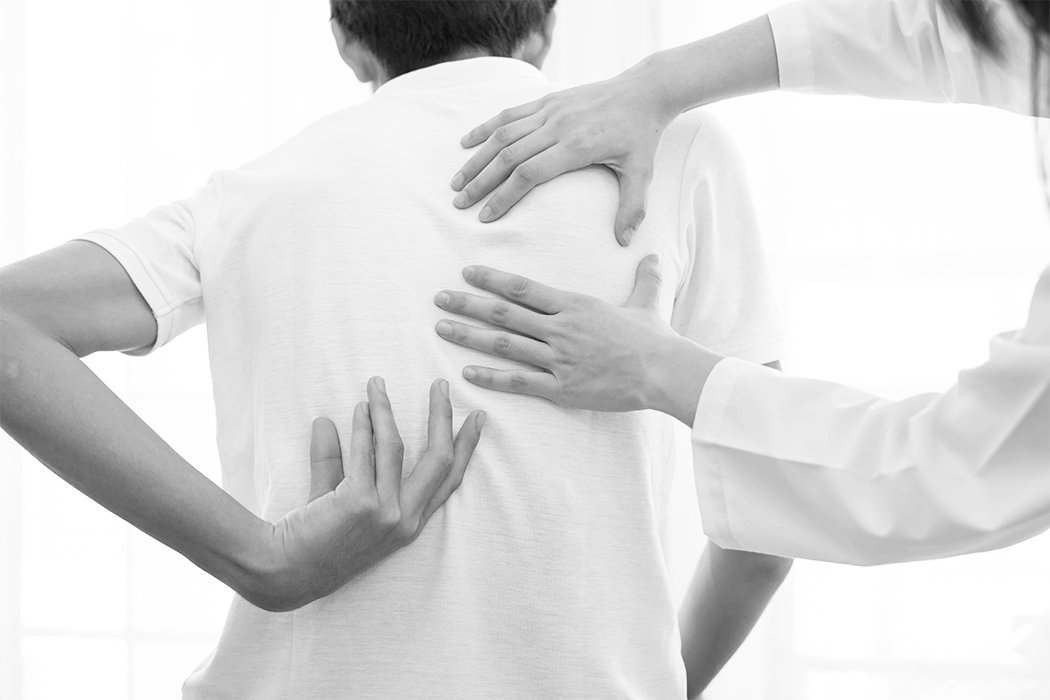
Over the Counter Medications

Targeted Medications

Lifestyle Changes

Surgical Treatment
When surgical intervention is necessary, Dr. Bo is a highly skilled and experienced spine surgeon who specializes in a range of surgical procedures.
Lumbar Decompression Surgery
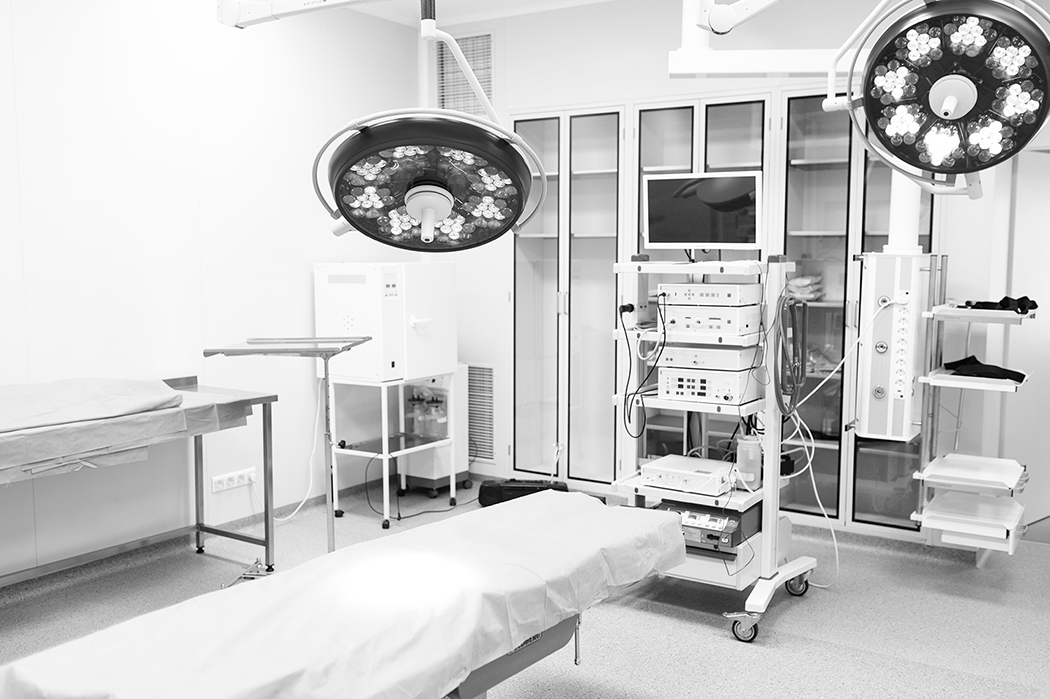
Recovery and Rehab From Lower Back Pain Treatment
Guiding You Towards Improved Health
Working closely with skilled physical therapists, we will design a customized rehabilitation plan that supports healing, restores functionality and minimizes discomfort. Throughout your recovery journey, our team will provide guidance and support, ensuring the best possible outcomes.
Don't Just Take Our Word For It
Dr. Bo has over 500 5-star reviews.

Prioritize Your
Lower Back Pain Treatment

The Most Trusted Spine Surgeon in NY & NJ
Dr. Gbolahan Okubadejo, affectionately known as Dr. Bo, is a top-rated spine surgeon based in the NY/NJ metropolitan area. He leads The Institute for Comprehensive Spine Care, providing patient-centered care and demonstrating a commitment to excellence. Besides his clinical work, Dr. Bo is a respected researcher, a recipient of prestigious awards, and an advocate for preventive care and minimally invasive procedures. His patient-centered approach extends to educating patients and involving them in their treatment decisions.
Insights On Lower Back Pain
Explore Our Resources
Lower Back Pain FAQs
Answers to Common Questions. Click to Learn More
Certain factors can increase your risk of developing lower back pain, such as age, lack of regular exercise, excess body weight, diseases like arthritis and cancer, and lifting objects that are too heavy.
Symptoms of lower back pain can vary but often include muscle aches, shooting or stabbing pain, pain that radiates down the leg, and limited flexibility or range of motion. It is important to note that these symptoms may also be associated with other conditions, so a proper medical evaluation is necessary.
Yes, certain lifestyle changes can contribute to managing lower back pain. These include maintaining a healthy weight, engaging in regular physical activity to strengthen the core muscles and promote flexibility, practicing good posture, using ergonomic furniture and tools, avoiding prolonged sitting or standing, and managing stress levels. Quitting smoking, which can impair blood flow to the spine, is also beneficial for spinal health.
While not all lower back pain can be prevented, certain measures can reduce the risk. These include maintaining a healthy weight, staying active, practicing good posture, lifting objects correctly, and having regular check-ups.
Surgery is generally considered only when conservative treatments have not provided relief and if the pain is severe and debilitating. It might be an option if you have a herniated disk, spinal stenosis, or other conditions that are causing nerve compression.
However, the duration of recovery can be influenced by factors such as the severity of the condition, individual healing ability, adherence to treatment recommendations, and any underlying medical conditions. A healthcare professional can provide a more accurate estimate based on the specific case.












